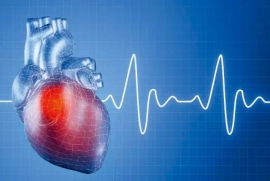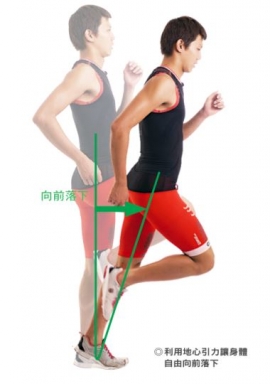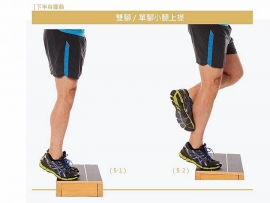大家最常看到最大心跳率的计算公式应该是:
最大心跳率(bpm) = 220 – 年纪
220是怎么来的呢?
The average MHR of a brand new baby, who has a heart the size of walnut, is 220 bpm.
(核桃般大小新生儿的平均最大心跳率为220 bpm。)
但身体是会成长的,心臟也一样,到了成人阶段,心臟会大约跟拳头一样大,心室内拥有更大的空间来容纳血液,每一次血液输出的量更大,心臟跳动的需求就会降低。发育到20岁时,心臟的增长使得最大心跳率降至195 bmp。随着年纪的增加,最大心跳率进而减少,这解释了以上公式的逻辑。
但你要符合上面公式所计算出的结果,必须符合他设定的条件,否则计算出来的结果,可能会高于或低于计算出来的值,而误差范围为36。
Maximum heart rates are naturally spread across the standard distribution of a bell-shaped curve. As with intelligence, there is a wide range from one end of the curve to the other for people of the same age. This distribution means only that those at the mean can reliably predict MHR by using the age-adjusted formulas. Depending on where you fall on the curve, your MHR may be as high as 36 bpm above or below what the formula predicts.
每个人的先天条件不同(比方:心臟大小),影响着最大心跳率的数值,上式的公式并不是十分准确。而你真正需要的是一个更精准的方式来量测最大心跳率啰。



